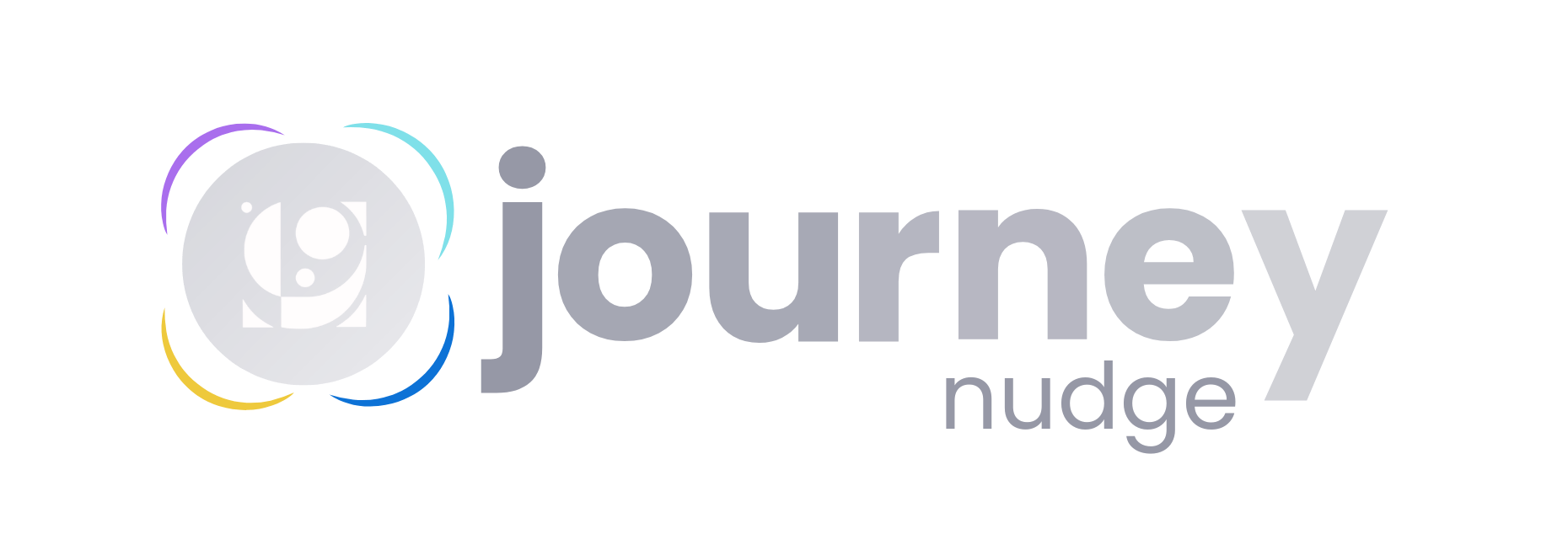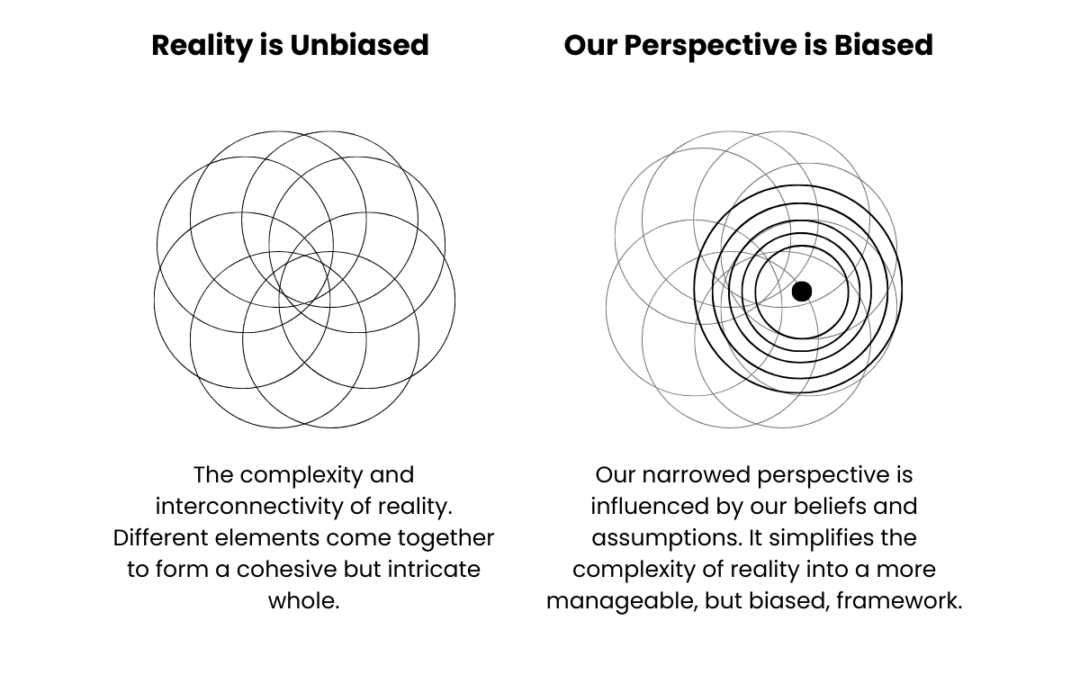Reading Time: 8 minutes
Key Points
- Nature of Mental Blocks: Exploring how mental blocks, like the Baby Elephant Syndrome, are formed from early conditioning and persist into adulthood, limiting potential and progress.
- Challenges in Identifying Mental Blocks: Emphasizing the difficulty in recognizing self-imposed mental barriers, which are often more visible in others than in ourselves.
- Overcoming Mental Blocks: Discussing strategies for breaking through these mental blocks by acknowledging their existence, understanding personal strengths, and taking actionable steps towards change.
Understanding the Baby Elephant Syndrome
The Baby Elephant Syndrome metaphorically describes a condition where limitations set in early life continue to block us, even when they’re no longer relevant or true.
It’s a story of a young elephant, tied by a rope it cannot break. As the elephant grows strong enough to uproot trees, it still believes it cannot break the rope. This powerful imagery mirrors the mental blocks we unknowingly impose upon ourselves.
Think of a time you failed or struggled greatly.
If you were to view that experience in a more useful way, what story would you tell yourself?
What did it teach you? How did it prepare you for what came next?
The Nature of Blocks
In our lives, blocks come in various forms. Some are physical, some societal, but the most insidious are those we create in our minds.
While physical and societal blocks are more apparent and sometimes necessary, mental blocks are more elusive and often self-imposed. They stem from our upbringing, societal norms, and personal experiences.
Spotting the Unseen Mental Boundaries
Identifying mental blocks in others is often easier than recognizing our own. We observe people unable to surpass certain limits, not realizing we might be struggling with similar barriers. These invisible walls could originate from childhood, where authority figures set boundaries on what we could or couldn’t do, which then solidify into our adulthood, hindering our potential.
The Origins of Mental Blocks
Mental blocks often begin forming in childhood. Parents, teachers, and caregivers play a significant role in shaping our perceptions of what’s possible.
Take, for instance, a child who is passionate about sports but is told that a career as a professional athlete is unrealistic due to societal stereotypes. This early discouragement can implant a lasting mental block. They might grow up believing that pursuing passions or dreams, especially in unconventional fields, isn’t practical or achievable. Such early interactions can plant deep-seated doubts, shaping our beliefs about what’s truly possible in our lives.
Identifying and Overcoming Mental Blocks
The key to breaking free from these mental blocks is recognition and being aware of what they are and how they show up in our day to day life. Which we’ve provided some journal practices or questions to contemplate to help you do that.
Once we understand that these blocks exist allows us to confront and challenge them. Like the elephant realizing its strength, we too can break free once we recognize our own power. This requires introspection, awareness, and a willingness to reevaluate long-held beliefs.
Unlimited Possibilities Are Available to Us
The key to overcoming Baby Elephant Syndrome, and embracing our natural state of unlimited possibilities, lies in identifying and dismantling these mental blocks. It’s not about learning new ways to attract what we desire, but rather recognizing that we are inherently aligned with those desires. Our task is to remove the self-imposed shackles or mental blocks of negative and fear-based beliefs that hold us back.
By understanding that abundance is our natural state and that we already emit what’s needed to attract what we desire and need, we can begin to see how our limiting beliefs, like those chains around the elephant, are only in our minds.
Once we acknowledge and work through these mental blocks, just like the elephant realizing its strength, we can step into the abundance that has always been ours.
Our Reality, Our Creation
Our reality is a reflection of our beliefs. Though it may feel uncomfortable at first, the more familiar we become with our limitations, the more easily we can uncover our own unique vision of a beautiful life. And the easier that gets, the faster we’ll create new thoughts that create a less limiting reality.
Embracing Change and Breaking Free
The Baby Elephant Syndrome serves as a powerful reminder of our capacity for change and growth. By recognizing and challenging our mental blocks, we open doors to unlimited possibilities. It’s a journey of introspection, reevaluation, and, ultimately, liberation from the invisible ropes that bind us.
Actionable Steps:
Creating self-inquiries for journaling and reflection can be a powerful tool in identifying and overcoming limiting beliefs, as well as in establishing new, empowering belief systems. Here are some thoughtfully crafted prompts to guide this reflective process:
Reflecting on Limiting Beliefs
1. Identifying Limiting Beliefs:
- “What belief about myself do I hold that feels limiting or constrictive?”
- “When did I first notice this belief influencing my decisions or actions?”
2. Understanding the Origin:
- “Can I trace this belief back to a specific event or person in my past?”
- “How did this belief serve me at that time? Was it a form of protection or coping?”
3. Recognizing the Impact:
- “How has this belief shaped my life, relationships, or career choices?”
- “In what ways has this belief held me back from pursuing my dreams or potential?”
4. Challenging the Belief:
- “Is there concrete evidence that contradicts this belief?”
- “What would I say to a friend who held a similar belief about themselves?”
5. Feeling the Emotion:
- “What emotions arise when I think about this belief?”
- “Can I locate these emotions in my body, and what do they feel like?”
Creating New Belief Systems
1. Envisioning the Desired Change:
- “What new belief do I want to cultivate that aligns with my goals and values?”
- “How would embracing this belief change my actions and decisions?”
2. Building the Foundation:
- “What experiences or knowledge do I have that support this new belief?”
- “Who are role models who embody this belief, and what can I learn from them?”
3. Practicing Affirmations:
- “What positive affirmations can I create to reinforce this new belief?”
- “How can I integrate these affirmations into my daily routine?”
4. Visualizing Success:
- “How do I imagine my life once this new belief is fully integrated?”
- “What specific achievements or changes do I foresee as a result of this belief?”
5. Committing to Action:
- “What small steps can I take today to live in accordance with this new belief?”
- “How can I hold myself accountable for nurturing and growing this belief?”
Reflecting on Growth and Progress
1. Observing Changes:
- “In what ways have I noticed changes in my thoughts, feelings, or behaviors since exploring these beliefs?”
- “What successes, however small, can I celebrate in relation to these changes?”
2. Continued Learning:
- “What new insights or understandings have emerged about myself through this process?”
- “How can I use these insights to further my growth and self-awareness?”
These inquiries aim to guide you through a thoughtful and introspective journey, helping you to not only identify and release limiting beliefs but also to consciously create and cultivate new, empowering beliefs.
P.S.
Whenever you feel stuck, remember that your Journey Chat is here as your guide. Simply type ‘Journey’ first followed by what you would want help with.
For example, “Journey, one of my mental blocks is not believing I am capable of achieving success in my career as a musician because society has taught me that there is no money in being a musician.”
You’re on the right path and making excellent progress. Keep up the great work!
Enjoy your journey!

